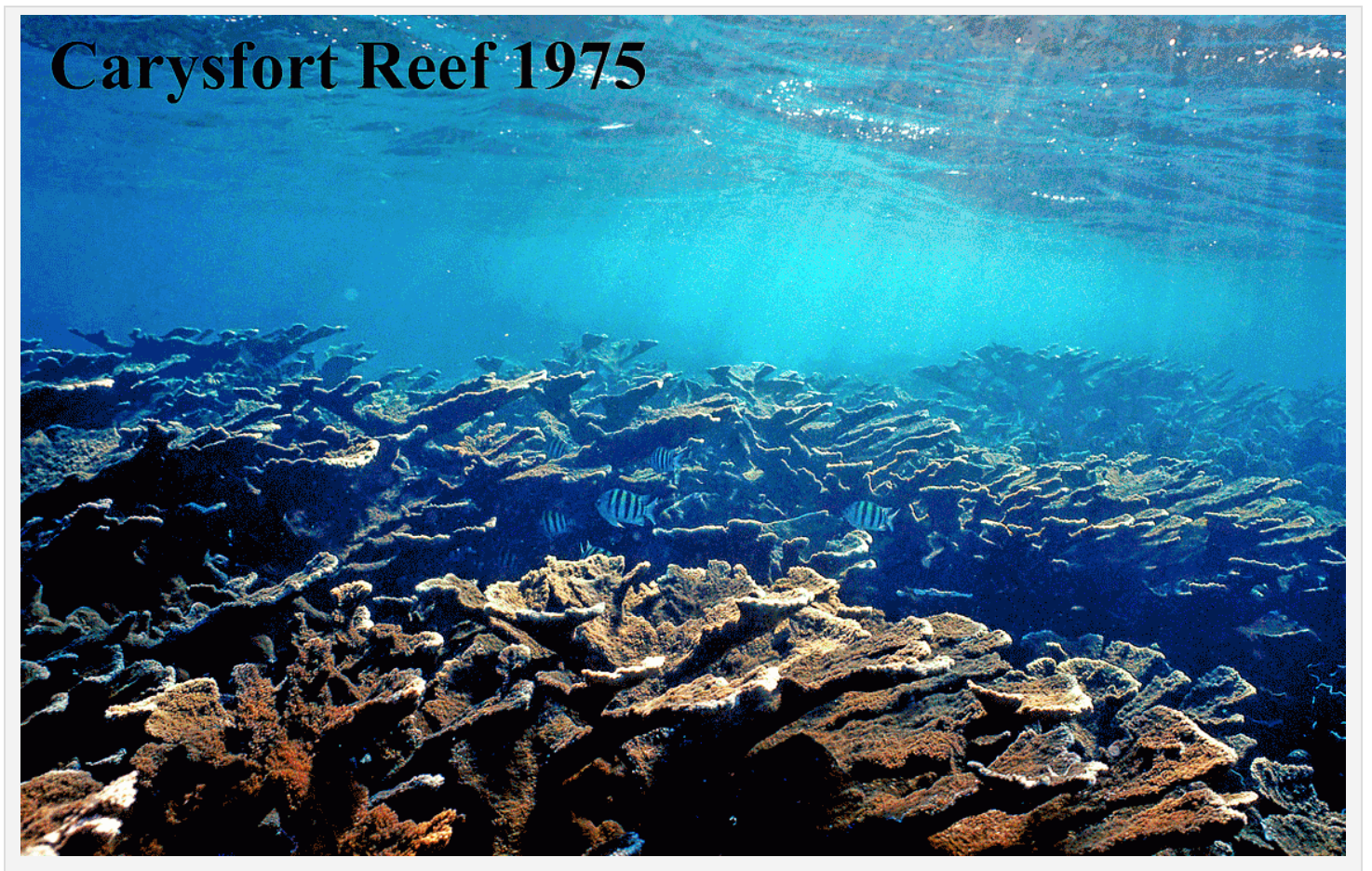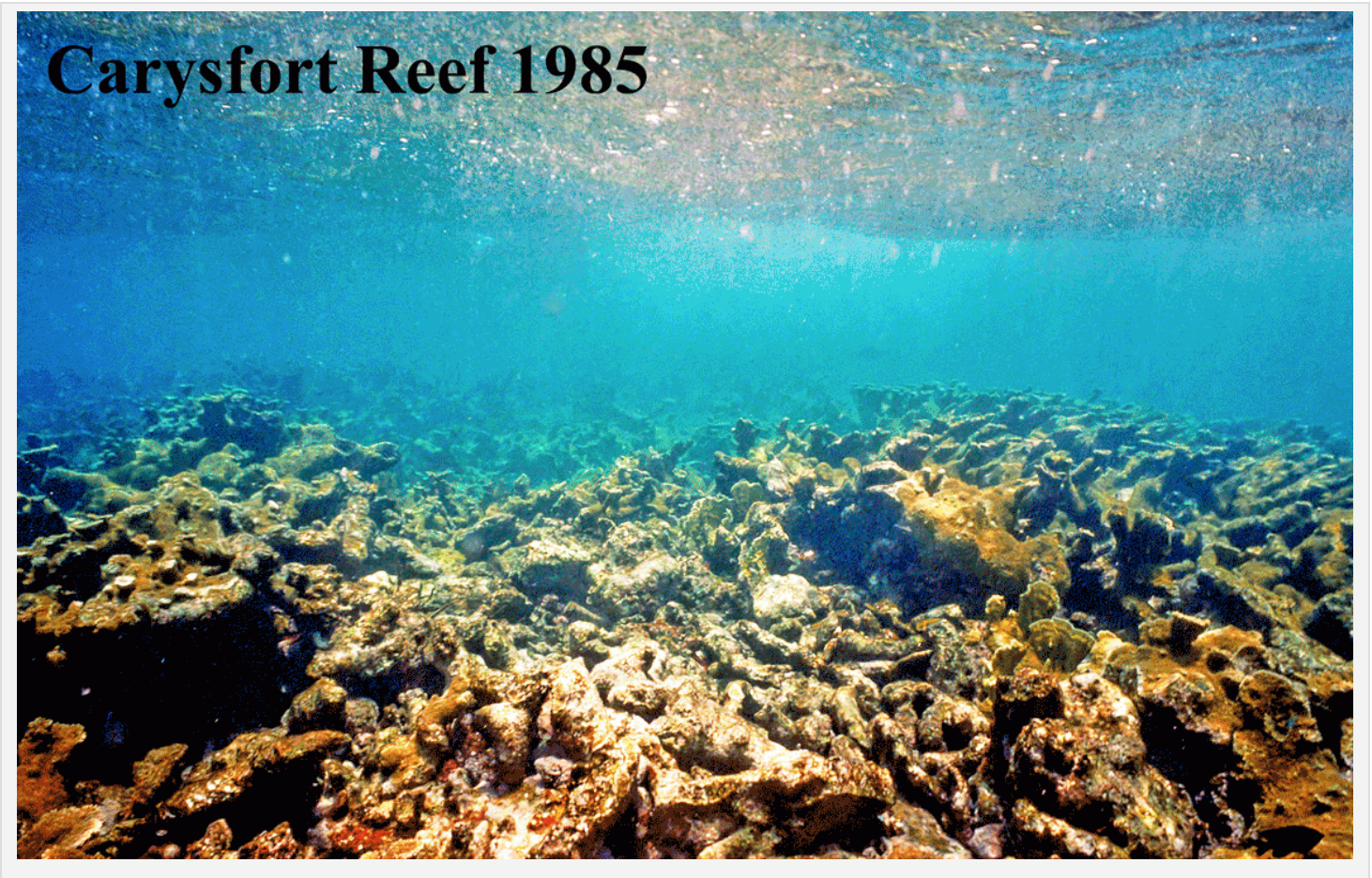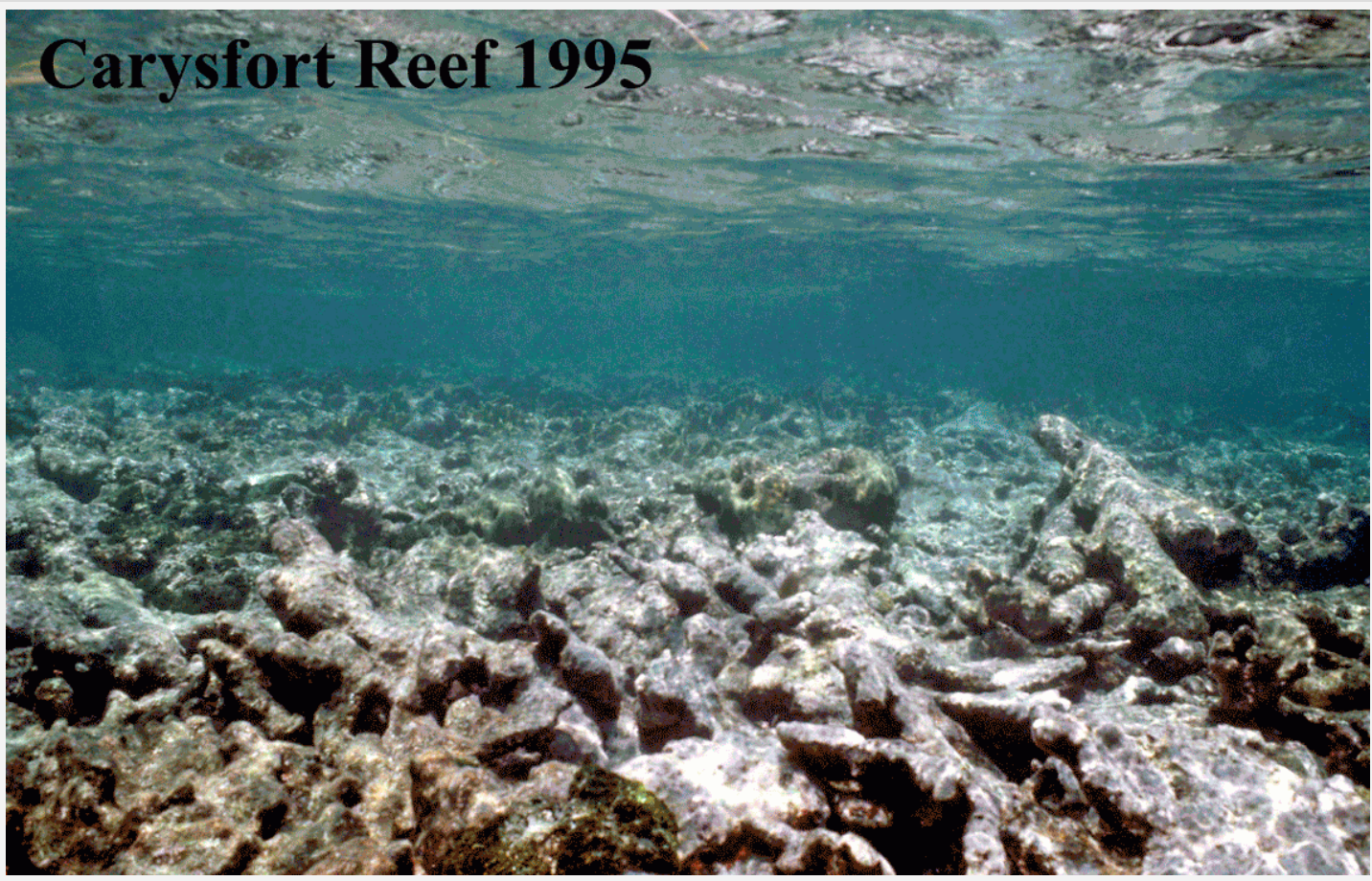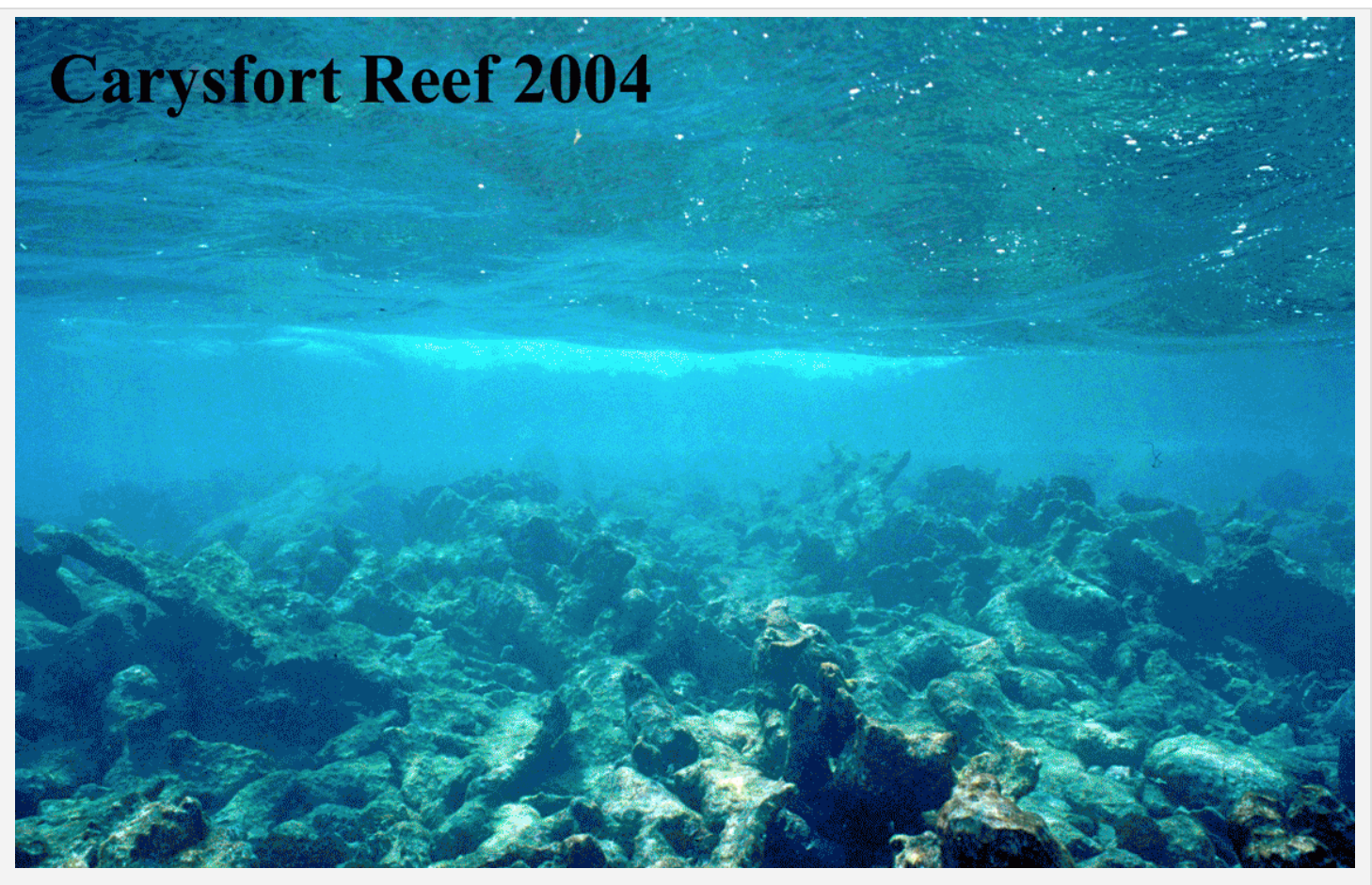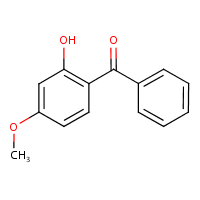Taking A Stand - Hawaii & Palau
The answer doesn’t always come from outside…
We hope that our government will keep us safe. We trust that legislators have our best interests at heart.
But what if they don’t?
In the United States, our government is now lead by Donald Trump, and the head of the EPA (Environmental Protection Agency) is a coal lobbyist. Who do you think they’re putting first?
After being under U.S. control for nearly five decades, the pristine island nation of Palau celebrated its independence in 1994. They have a lot to safeguard — it is one of the most beautiful places in the world, and the entire nation relies on the ocean and the life within.
“The community began to believe that the answer is going to come from outside, but I think we have turned that around.
They know that the answer is not coming from outside, it’s going to be within.”
Florida Keys - Carysfort Reef
As the legend goes, Jacques Cousteau put a brass pin in this very location so that someone could come back every year and take a photo in the exact location from the exact same angle, at the exact height, to document the famous coral reefs.
Much to his surprise and disappointment, however, the reefs did not progress as he had imagined…
(Photos from Dr. Philip Dustan, Global Ecologist)
“In 2004, people in Florida started freaking out about the decline of their coral reefs. They couldn’t figure out what was happening.” - Craig Downs
The Florida Keys boasted beautiful coral reefs, and is now desolate.
Today, 99% of the reefs in the Florida Keys are gone.
Had it not been for Senate Bill 2571, Hawaii would have become the next Florida Keys, losing the ecosystem that lays the foundation for all other life in water.
An excerpt from Senate Bill 2571:
Oxybenzone (BP-3)
From Haereticus Environmental Lab led by Craig Downs, published in the Archives of Environmental Toxicology.
Source: NOAA
“The legislature finds that two chemicals contained in many sunscreens, oxybenzone and octinoxate, have significant harmful impacts on Hawaii’s marine environment and residing ecosystems, including coral reefs that protect Hawaii’s shoreline.
Oxybenzone and octinoxate cause mortality in developing coral; increase coral bleaching that indicates extreme stress, even at temperatures below 87.8 degrees Fahrenheit; and cause genetic damage to coral and other marine organisms.
These chemicals have also been shown to degrade corals’ resiliency and ability to adjust to climate change factors and inhibit recruitment of new corals.
Furthermore, oxybenzone and octinoxate appear to increase probability of endocrine disruption; scientific studies show that both chemicals can induce feminization in adult male fish and increase reproductive diseases in marine invertebrate species (e.g., sea urchins), vertebrate species (e.g., fish such as wrasses, eels, and parrotfish), and mammals (in species similar to the Hawaiian monk seal).
The chemicals also induce deformities in the embryonic development of fish, sea urchins, coral, and shrimp and induce neurological behavioral changes in fish that threaten the continuity of fish populations.
In addition, species that are listed on the federal Endangered Species Act and inhabit Hawaii’s waters, including sea turtle species, marine mammals, and migratory birds, may be exposed to oxybenzone and octinoxate contamination.”
This is a lot to take in, I know.
Don’t worry, it will all be explained, and we all have the power to make a change. To say no to oxybenzone.
We don’t have to hope when we can act.
There are thousands of passionate people around the world doing their best to save the corals, but the corals cannot recover whilst being drowned in oxybenzone.
Much of this science is still new, and we’ve explored more of the moon and space than we have the corals beneath our feet.
Corals cover less than 0.01% of the ocean’s floor, yet are the most productive and biodiverse ecosystems on earth. They offer:
Shoreline protection: healthy coral reefs absorb 97% of a wave’s energy, buffering shorelines from currents, waves, and storms. (NOAA)
It is estimated that coral reefs prevent $94 million in flood damages every year, and the US ranks in the top 10 to receive risk reduction benefits from coral reefs. (NOAA)
Globally, half a billion people are estimated to live within 100 kilometers of a coral reef and benefit from its production and protection (NOAA)
Nearly 1 billion people rely on coral reefs for food, tourism, and livelihoods.
They could hold the cure for cancer and many other terminal human conditions.
25% of marine life inhabits coral reefs
and scientists estimate that there could be millions of undiscovered species in these souls of the sea.
Millions of invertebrate and vertebrate species rely on coral reefs for shelter and food during their critical developing stages.
Species include: crab, lobster, parrotfish, grouper, snapper, eels, clownfish, … nearly every species — including us! — relies on coral reefs for protection, production, and survival.
Yet corals are still so unknown.
We’ve only surveyed less than 3% of the world’s coral reefs, and 50% has already disappeared before our eyes.
We are projected to lose all of the world’s coral reefs by 2050 if we continue on this trend.
We’re Trying
Scientists are breeding super coral, but there are many factors still confusing them. Why are some bleaching and others are more resilient? The rising sea temperatures are an issue, but why are many corals bleaching at lower temperatures? Why aren’t some reproducing when they should be?
What can we do to make sure our coral survives? What’s really causing all these challenges?
BANS WORK
As you saw in the first video, bans work.
Species need a safe place to repopulate and reproduce, and places like Palau and Hawaii have led the way in taking a stand to save our coral reefs and precious marine environment.
They can’t do it alone.
Many other states and countries are following their lead, and oxybenzone will be banned everywhere within 5 years (it’s far worse than PABA).
But it takes the power of the people working together. Hawaii and Palau are two pristine island paradises far more connected to the oceans that surround them. They are devoted to protecting what most of the world is only now beginning to realize is valuable.
On the mainland, enclosed by the concrete jungle, corals are out of sight and out of mind. We appreciate them for their beauty, without realizing that they support the livelihoods of entire nations, not to mention silently supporting the entire world.
Here’s the good news: they say “if the scale and cause of the corals’ destruction can be understood,” we can restore the coral reefs.
For the past few decades, scientists have been focusing on rising temperatures as the primary force, causing corals to become stressed and bleached.
But there are many anomalies that cannot be explained by rising temperatures, and then corals aren’t recovering. There is a third, largely ignored, but absolutely critical factor in the corals’ chance of survival: oxybenzone.
The most important thing to know is:
Normally, coral can recover after bleaching events. With oxybenzone, they can’t recover.
We need the information to ensure their survival, and in a time like now, we have the ability to share the science, share the research, connect the dots, and work together to progress leaps faster than we ever could have imagined — even 10 years ago!
We’ve all seen the massive effects we can have very quickly if we do it together.
“We need to stop planning and start doing.”

